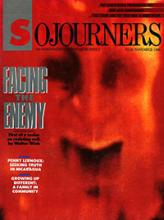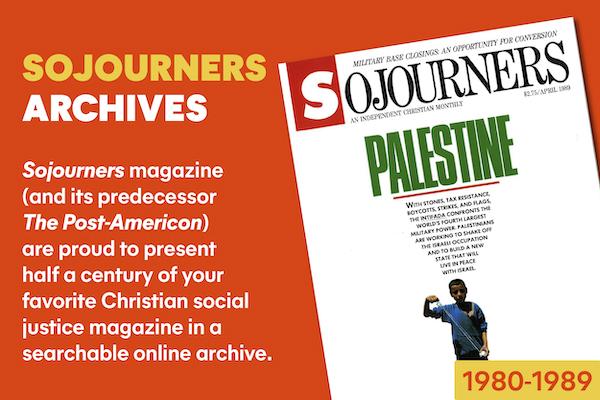In order to wage war upon, or live in a state of threatened war with, another society, there is an essential ideological condition: The "enemy" must take on the identity of evil. The social processes by which this happens are what we may call the institutionalization of enmity. In no case is the socializing role of the state seen more clearly than in the way in which economic, social, political, and religious or moral institutions are mobilized to promote a world view of antagonism. When protracted over generations, the perceptions of enmity shape not only foreign and even domestic affairs but the entire national character of a people.
The primary fact of world history in the 1980s was the deadlock of institutionalized hostilities called euphemistically the "Cold War." It attained the status of "cultural orthodoxy." To challenge it was viewed with all the suspicion and rancor of heresy.
We must, as Karl Barth did, see the Cold War as a very ancient human enmity-construct, a "bipolar" world view in which all socio-political plurality is reduced to a single mythological dualism. In antiquity it was "Greek and barbarian, Roman and pagan"; under Hitler it was "Aryan and Semite"; and during the Cold War it was "free and Communist."
The Bible has a term for social processes which absolutize human interests—idolatry. But the churches have not taught us to view these processes in this way. Instead, we Christians have invested this enmity with the sacred mantle of "realism." In so doing, however, we have cut out the very heart of our gospel.
Read the Full Article

